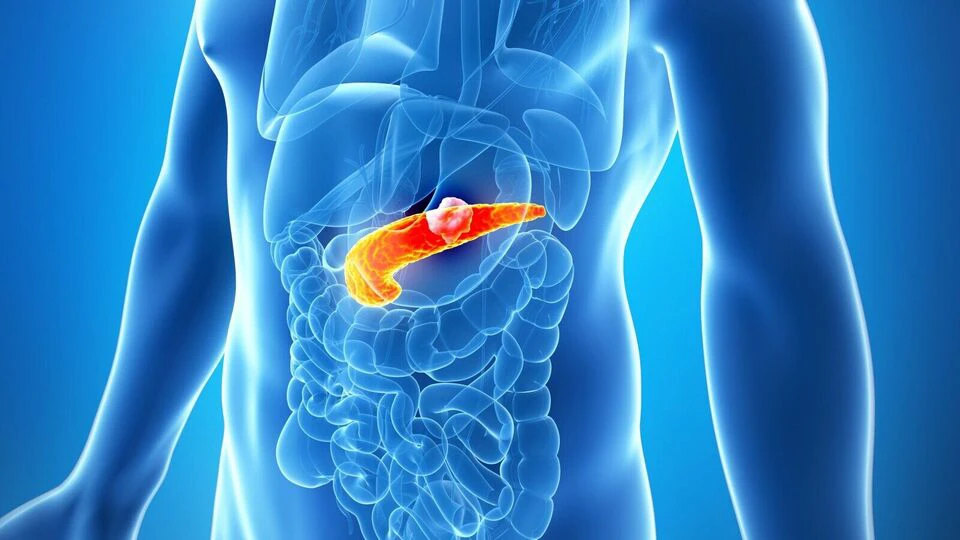When we think about cancer, common types like breast, lung, or colon cancer often come to mind. However, Neuroendocrine Tumours (NETs) deserve attention too.
Usually overshadowed by more prevalent cancers, NETs are becoming increasingly common, according to the scientific journal Springer. They are frequently diagnosed late due to their vague symptoms, which can be easily mistaken for other health issues. Here are 10 facts about neuroendocrine tumours that everyone should be aware of.
Dr Vinay Samuel Gaikwad, Head & Director – Surgical Oncology at Fortis Hospital, emphasises that understanding the nuances of neuroendocrine tumours is crucial for improving patient outcomes and treatment efficacy.
Here are 10 essential facts about neuroendocrine tumours that everyone should be aware of:
1. Understanding neuroendocrine tumours
Neuroendocrine tumours arise from neuroendocrine cells, which are unique cells that are found throughout the body, particularly in the stomach, intestines, pancreas, and lungs. These cells produce hormones that regulate various functions. When they begin to grow abnormally, they can form tumours, some of which can be slow-growing. In contrast, others may be aggressive, as seen in the Institute for Quality and Efficiency in Health Care (IQWiG).
2. Symptoms can be vague
One of the biggest hurdles with NETs is that they often remain asymptomatic until advanced stages, as per StatPearls. Common symptoms include:
- Abdominal pain
- Diarrhea
- Sweating
- Unexpected weight loss
- Weakness
- Skin flushing
These symptoms could easily be mistaken for everyday problems like stress or irritable bowel syndrome, potentially leading to misdiagnosis or delayed treatment.
3. Late diagnosis is common
Many individuals with NETs are diagnosed at later stages due to unclear symptoms. Often, these tumours are identified incidentally during imaging tests done for unrelated conditions. Unfortunately, by that time, the cancer may have already spread, complicating treatment as per Worldwide Cancer Research.
4. Rising incidence
The rising neuroendocrine tumour cases can be linked to two key factors:
- Advanced screening: Improved diagnostic techniques are enabling healthcare providers to identify NETs more frequently.
- Lifestyle and environmental factors: Changes in lifestyle and environmental exposures are likely contributing to this increase.
5. Treatment options
Treatment for NETs depends on various aspects, including:
- The location of the tumour
- Its aggressiveness
- Whether it has metastasised (spread)
Treatment methods:
- Surgery: Early detection often allows for successful surgical removal.
- Minimally invasive techniques: Laparoscopic and robotic surgeries can reduce recovery time and complications.
- Medical treatments: For advanced tumours, treatment may involve targeted medications, hormone therapies, or radiation.
- Specialised procedures: Techniques such as HIPEC (Hyperthermic Intraperitoneal Chemotherapy) may be utilised in specific situations.
6. Importance of early detection
Raising awareness is crucial. Both the public and healthcare professionals need to recognise the signs of NETs early, as catching them in time can lead to significantly better outcomes, according to Dr Vinay, an oncologist.
7. Risk factors
While the definitive causes of NETs are unclear, certain risk factors can heighten one’s risk of developing these tumours:
- Family history of neuroendocrine cancers
- Genetic syndromes, such as Multiple Endocrine Neoplasia (MEN)
- Age, as risk increases with age
8. Living with NETs
Managing life with a neuroendocrine tumour presents challenges, as per the journal Oncology and Therapy. Patients are encouraged to:
- Stay educated about their condition
- Maintain open communication with healthcare professionals
- Join support groups for emotional and psychological support
9. The role of lifestyle
Lifestyle choices matter. A balanced diet, regular exercise, and effective stress management techniques can enhance overall health and support the management of neuroendocrine tumours, as per The Nutrition Source.
10. Advocacy and awareness
Promoting awareness about NETs is vital. The more knowledge shared regarding these tumours, the better chances patients have of recognising symptoms early. Advocacy, education, and community outreach can significantly enhance understanding and promote essential testing.
Neuroendocrine tumours may not be the most recognised kinds of cancer, but understanding them is key for early detection and treatment response. If you or someone you know experiences unusual symptoms like chronic stomach issues or sudden weight loss, it may be time to advocate for further testing.
